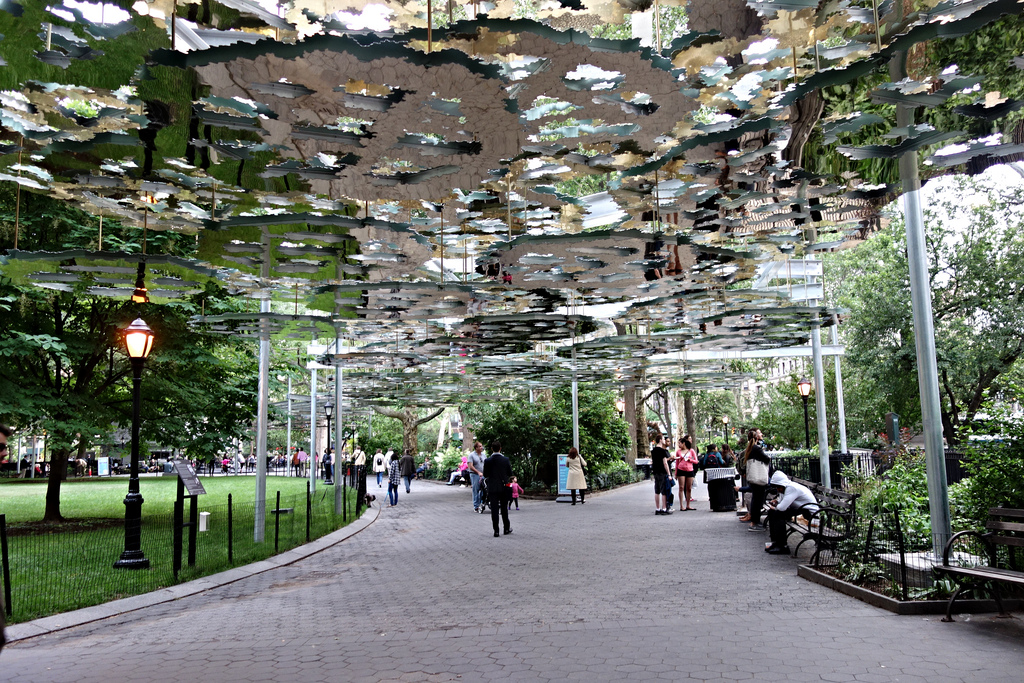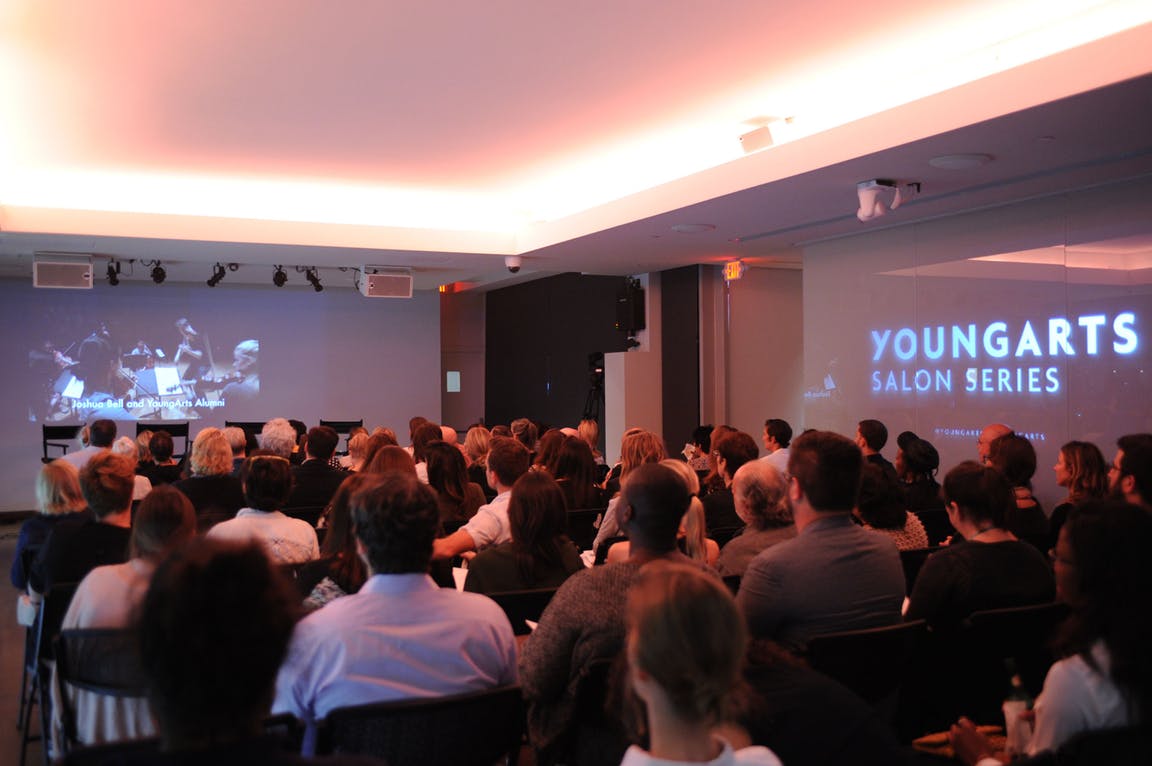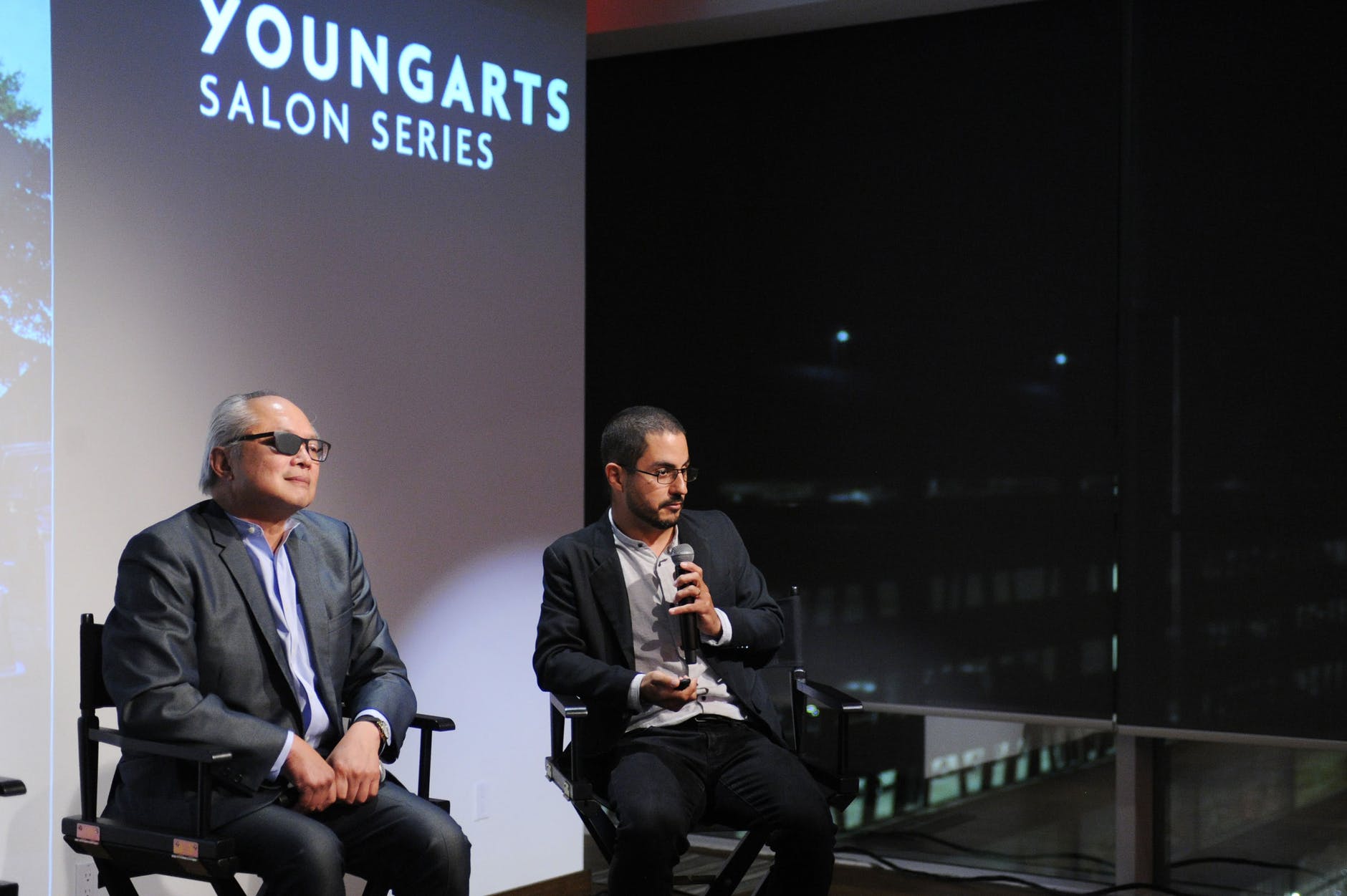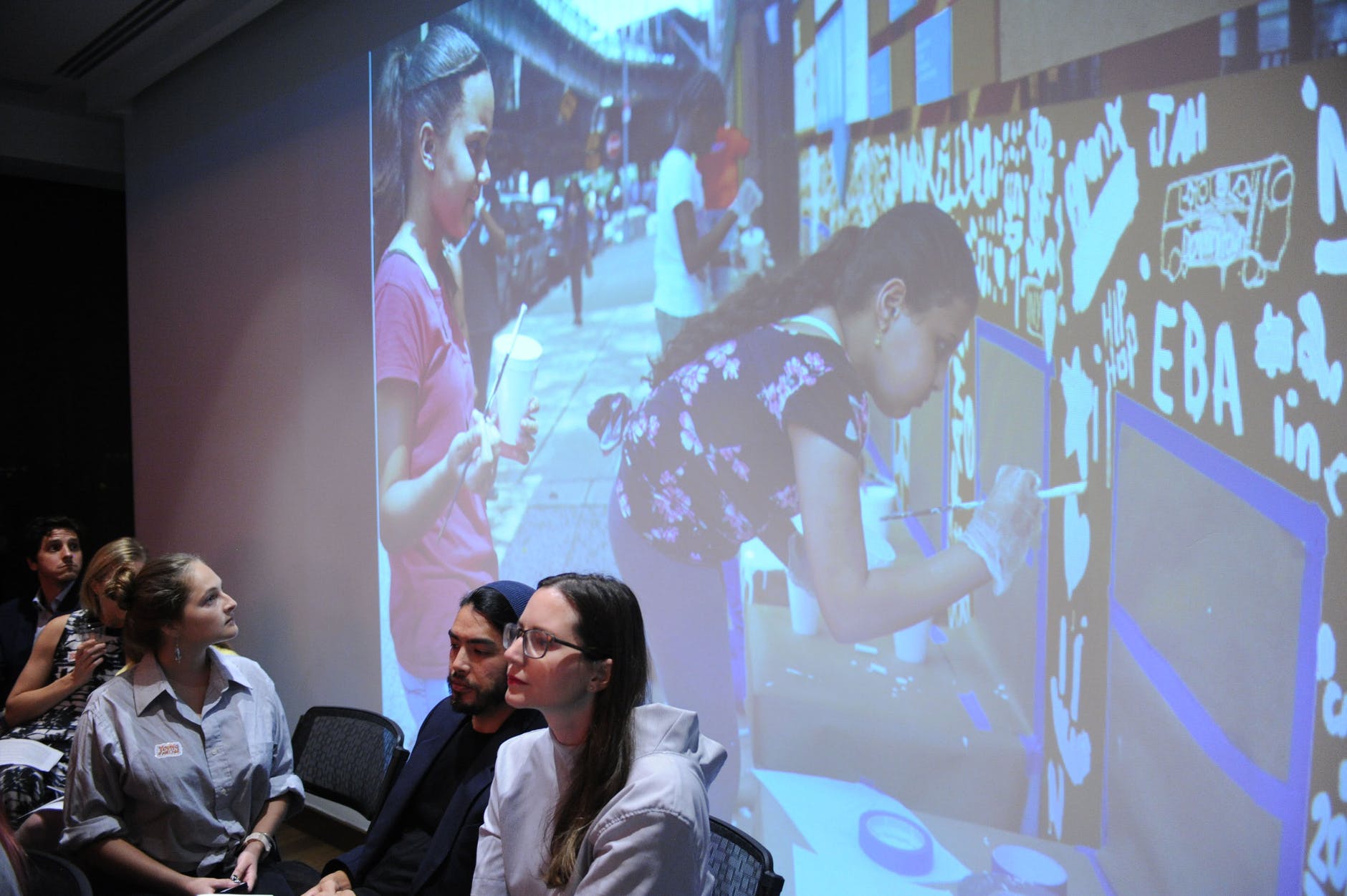
YoungArts Salon explores how artists engage communities with their work—and social issues
Photo of Teresita Fernandez’s “Fata Morgana,” courtesy of Allison Meier on flickr.
It was perhaps fitting that an event titled “Artists As Citizens” took place on the same evening of the final presidential debate of this election season. But the conversation, held Wednesday at the headquarters of the National YoungArts Foundation in Miami as part of its Salon Series, was not about partisan politics but art, activism and social practice, beauty and community engagement.
In fact, the talk, featuring artists Teresita Fernández, Mel Chin and Chat Travieso, was “the beginning of a dialogue here in Miami about social practice and how artists want to engage in this kind of work that we need to model better, “ said host Carolina García Jayaram, president and CEO of the National YoungArts Foundation, in her introduction. By the end of evening, the extraordinary work and the broad range of approaches discussed spoke of the importance and enormous potential of social practice.
The conversation started with each of the artists doing a brief presentation of their work and, in the process, offering insights into their perspective on social practice.

Fernández, a Miami native and 2005 MacArthur Foundation Fellow, discussed “Stacked Waters,” her work at the Blanton Museum of Art in Austin, Texas, in which, working with the imposing atrium she “filled the void with water,” with sparkling blue walls; “Black Sun,” a piece at MASS MoCA, the Massachusetts Museum of Contemporary Art, and “Fata Morgana,” a site-specific installation at Madison Square Park in New York.
“Although my work is often not thought of as being particularly political in any way—I’m often not thought of as an artist who’s an activist—this is a very immersive piece,” she said while discussing “Black Sun.” “You can walk underneath. It’s a very experiential piece as is most of my work.”

With success, she said at another point in her presentation, came the realization that “I had this incredible opportunity and responsibility to not just make these things that would often [be] perceived as beautiful but to then use that privilege, using the space provided me to influence what could happen underneath them. If I lure people into that park [with ‘Fata Morgana’] because the reflections on this thing are crazy beautiful and they just want to move underneath it, I can also make them stop and read or witness an event or watch a performance or become part of one.”
Mel Chin offered a glimpse of his broad range of concerns and approaches as an artist. He showed images of “In the Name of the Place,” a two-year, quietly subversive, conceptual public art project secretly carried out on primetime television’s soap opera “Melrose Place,” a sort of artistic product placement. But Chin also discussed “Revival Field,” a project in which plants are being used to absorb heavy metals from contaminated soil. On his website, he defines it as “a conceptual artwork with the intent to sculpt a site’s ecology.”
And his “Fundred Dollar Bill Project” was his response to finding, in the aftermath of Hurricane Katrina, that “30 percent to 50 percent of the children … of New Orleans were being poisoned with led, compromising their life forever—and there is no money to help.” “I went down to help, but the magnitude of what happened was so profound that I found myself thinking, ‘I need to come out with something of equal magnitude,’” he said. “But I couldn’t figure out what.”
This ongoing collective art piece/campaign, involves hand-drawn interpretations of 100 dollar bills (downloadable here) as a way to teach, advocate and mobilize. “But sometimes when you do conceptual work, political work … it doesn’t mean you have to take yourself away from your personal individual [life]; you have to go back into what you do to liberate your imagination,” said Chin introducing the piece consisting of 512 collages he made out of the pages of the Funk & Wagnalls Encyclopedia.

Chat Travieso, a 2003 YoungArts winner in Visual Arts and U.S. Presidential Scholar in the Arts, defined his work as “socially engaged architectural installations.” He discussed projects such as “The Boogie Down Booth,” in the Bronx, a site-specific installation, part of a larger project to reclaim spaces under the elevated subway tracks; the “Sit Anywhere: Borinquen Plaza,” a series of foldable seats “inspired by people just sitting outside on the sidewalk,” and the “Kit-O-Cart,” “a trailer that opens up and transforms into a number of different spaces… depending of the event.”
“One of the things I strive for is to offer alternative systems the ‘urban development’ way of doing things,” Travieso said. “These are small-scale urban interventions that pay attention and are sensitive to the context and involve people in the community who will be using the piece in a deeply participatory way. The projects are meant as small interventions that can act as catalysts for longer-term projects and give people, especially people that have been systematically excluded from decision-making processes, agency in defining their environment.”
Producing work in a dialogue with a community “is a whole different issue from the other stuff I can do,” Chin said. “For that, there’s a market, there are collectors and so on. This is about how you can better the world [in which] you walk. It’s not about Me, it’s truly a condition of the ‘We’ and it’s more complicated. I like it to be real. It might take years, it might take a sustained effort and it takes its toll … but there’s no reason to stop.”

And when responding to a question about art and social engagement, Fernández offered yet a different perspective.
“I’m really concerned with beauty because it’s one of my most effective tools,” she said. “Personally, in my work, I reject the idea that you have to choose between one or the other. As an artist, my currency is people’s imagination and beauty. I make beautiful things. I want to make beautiful things…. [but it’s also] strategic. I’m interested in seducing the viewer, and I don’t think that’s separate from the idea of social justice. In fact, I think they’re very, very connected.”
Fernando González is a Miami-based arts and culture writer. He can be reached via email at [email protected].
-
-
Press Release
-
Community Impact / Press Release
-
Community Impact / Press Release
-
Community Impact / Press Release
-
Community Impact / Press Release
-
-
Community Impact / Press Release
-
-
Community Impact / Press Release
-
Recent Content
-
Artsarticle ·
-
Artsarticle ·
-
Artsarticle ·
